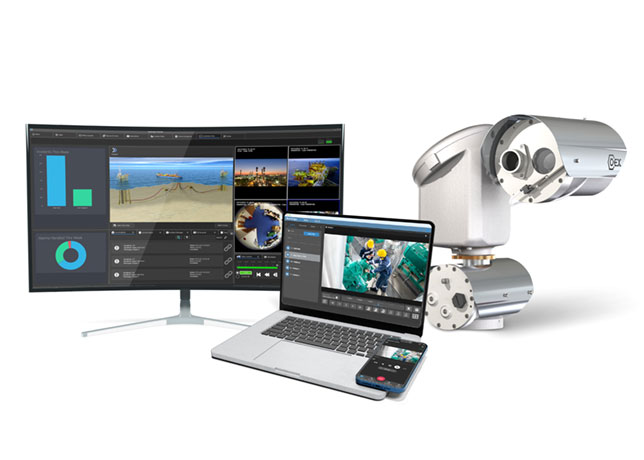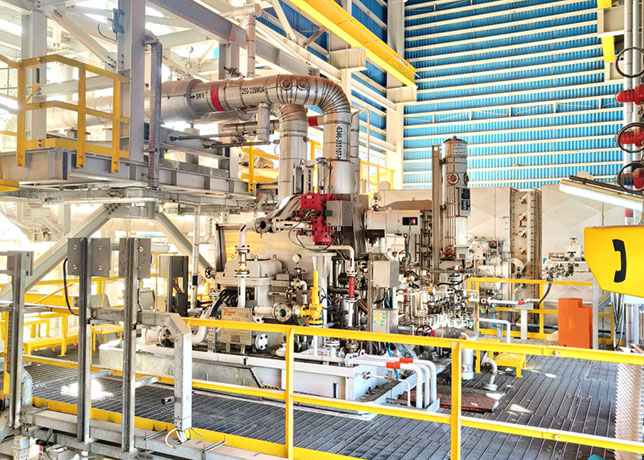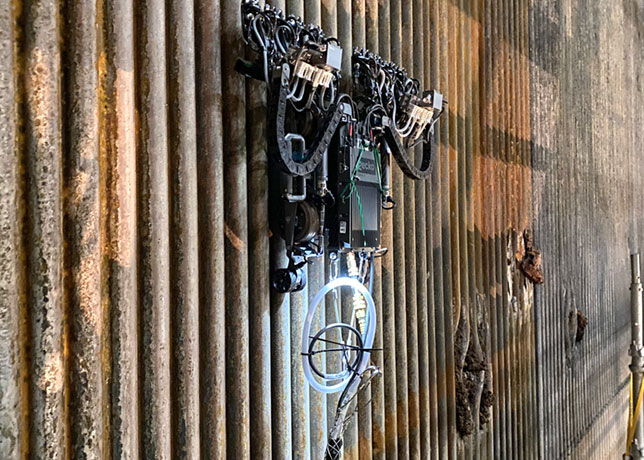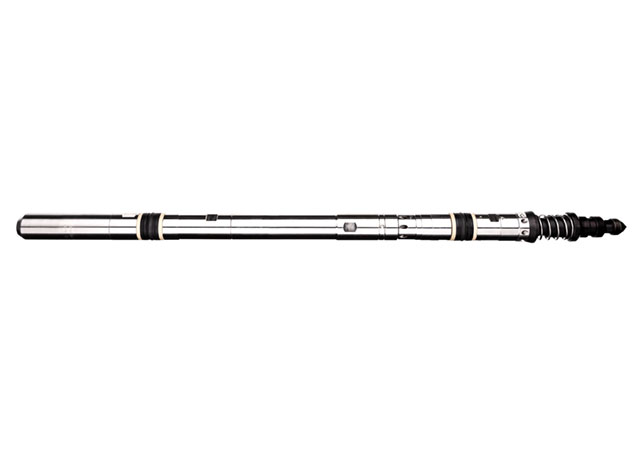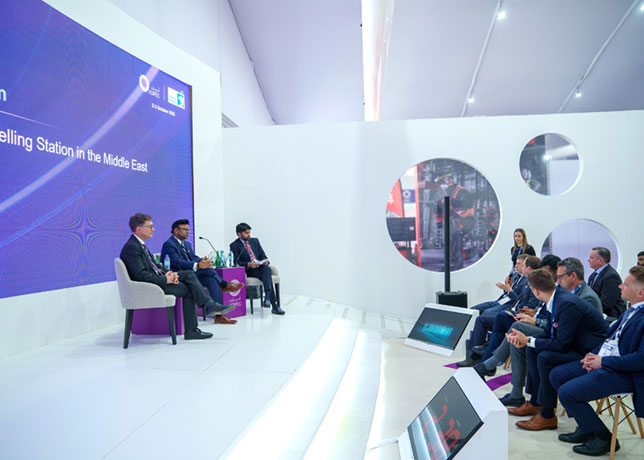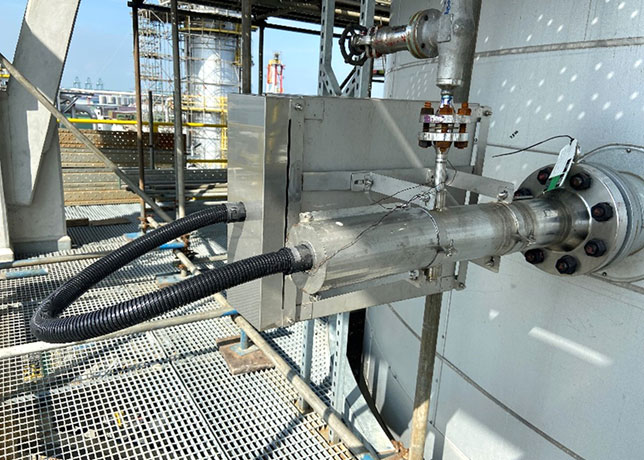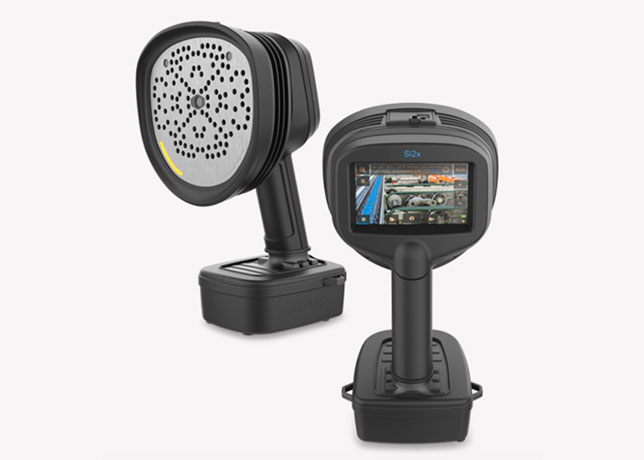
 A sculpture titled Giant Plastic Tap by Canadian artist Benjamin Von
A sculpture titled Giant Plastic Tap by Canadian artist Benjamin Von
By weaving climate action into their core mission, museums can help to foster a culture of sustainability and responsibility that resonates far beyond their walls, creating a ripple effect that can create global influence
As the climate crisis looms larger than ever, the need for innovative and effective ways to mobilise public engagement is paramount. One often-overlooked ally in this fight is the museum.
Traditionally seen as repositories of history, art, and culture, museums possess a unique capacity to educate, inspire, and catalyse action.
In a world where scientific data alone often fails to evoke the urgency of climate action, museums can bridge the gap between knowledge and motivation, transforming passive visitors into active participants in the climate movement.
The primary function of museums has always been education. From art to science, museums curate experiences that inform and provoke thought.
With climate change affecting every aspect of life on Earth, museums are uniquely positioned to showcase the multifaceted nature of the crisis.
They can present not just the science behind climate change, but also its socio-economic implications, historical context, and potential solutions. By hosting exhibitions that highlight local environmental issues or global challenges, museums can foster a deeper understanding of how climate change impacts communities and ecosystems.
Consider the impact of interactive exhibits that allow visitors to visualise carbon emissions or witness the effects of rising sea levels.
These experiences can elicit an emotional response that data alone often fails to achieve. When visitors can see the potential future of their own communities whether it’s through art, virtual reality, or compelling storytelling they are more likely to feel a sense of urgency and responsibility to act.
One example is the "Ocean Plastic" exhibition at the California Science Center, which uses striking visuals and hands-on activities to illustrate the devastating impact of plastic pollution on marine life. Such immersive experiences not only inform but also inspire visitors to rethink their consumption habits and engage in community clean-up efforts.
Beyond mere facts and figures, storytelling is one of the most powerful tools in a museum’s arsenal.
By showcasing stories of communities directly affected by environmental degradation or climate disasters, museums can evoke empathy and inspire visitors to reflect on their own roles in the global ecosystem.
For instance, an exhibit focused on indigenous communities and their traditional ecological knowledge can not only inform visitors about sustainable practices but also elevate the voices of those who have been on the frontlines of climate action for generations. Such narratives can serve as a call to arms, motivating individuals to engage with the issue in their own lives.
Museums are often community hubs, providing a space for dialogue and collaboration. By engaging with local residents, museums can develop programmes that empower communities to take action.
This could include organising workshops on sustainable practices, hosting clean-up events, or collaborating with local environmental organisations to amplify their efforts.
Moreover, museums can serve as platforms for local activism. By providing space for discussions and events centred on climate action, they can help galvanise community efforts and connect individuals with shared interests.
This grassroots approach not only empowers communities but also creates a sense of collective responsibility and urgency.
For example, the Brooklyn Museum has partnered with local organisations to host community forums on climate justice, allowing residents to voice their concerns and collaborate on solutions. By fostering an environment of inclusivity and participation, museums can become vital catalysts for change in their communities.
In an age where technology plays a crucial role in communication and education, museums can leverage innovative exhibits to captivate and engage their audiences.
Interactive installations that use augmented reality or virtual reality can immerse visitors in climate scenarios, allowing them to experience the consequences of inaction firsthand.
Such technologies can make the concept of climate change more tangible and immediate, prompting visitors to reflect on their choices and behaviours.
Additionally, museums can showcase emerging technologies and sustainable practices, highlighting innovations that individuals and communities can adopt.
The Smithsonian’s National Museum of Natural History, for instance, features exhibits that demonstrate the science behind climate change, including the latest research on carbon sequestration and renewable energy technologies.
These exhibits not only educate but also empower visitors by showcasing viable solutions that can be implemented at individual and community levels.
Museums can also engage in advocacy efforts, using their platforms to influence policy decisions related to climate action.
By partnering with environmental organisations and participating in campaigns, they can amplify their impact and reach a broader audience.
The effectiveness of museums in inspiring climate action can be further enhanced by creating lasting connections with their audiences.
Museums can encourage ongoing engagement by providing resources, such as online toolkits or guides for sustainable living, and by promoting events that allow visitors to stay involved in climate initiatives after they leave the museum.
Additionally, museums can harness social media and digital platforms to reach wider audiences and keep the conversation going.
Sharing stories, updates on exhibitions, and community initiatives can help maintain momentum and encourage more individuals to participate in climate action.
In conclusion, museums are uniquely equipped to inspire climate action. Through education, storytelling, community engagement, innovative exhibits, and sustainable practices, they can transform the climate narrative from one of despair to one of hope and empowerment.
It is time for museums to embrace this responsibility fully. By harnessing their resources, creativity, and community connections, they can inspire individuals to not only understand the climate crisis but also to take meaningful steps towards a more sustainable future.
By weaving climate action into their core mission, museums can help to foster a culture of sustainability and responsibility that resonates far beyond their walls, creating a ripple effect that can influence communities, governments, and individuals worldwide.
By Abdulaziz Khattak











































































